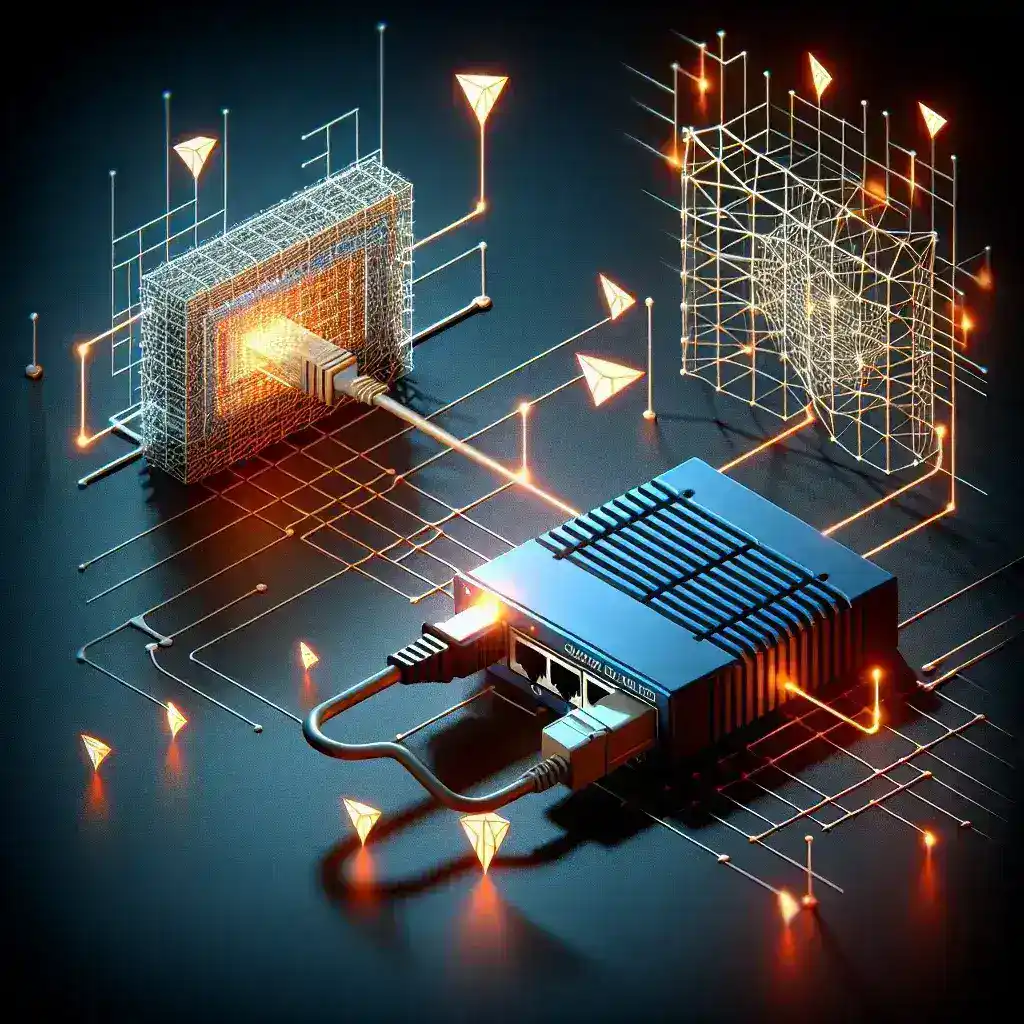Introduction
Ensuring compatibility between a network adapter and a firewall is crucial for maintaining network security, performance, and reliability. A network adapter, also known as a network interface card (NIC), is a hardware component that allows computers to connect to a network. A firewall, on the other hand, serves as a barrier to protect the network from unauthorized access and cyber threats. In this article, we will guide you through the steps to check compatibility between a network adapter and a firewall.
Understanding Network Adaptors and Firewalls
Key Functions of Network Adapters
- Data Transmission: Network adapters facilitate data communication between computers within a network.
- Speed and Bandwidth: They determine the speed and bandwidth available for network connections.
- Compatibility: Network adapters must be compatible with the operating system and network protocols.
Key Functions of Firewalls
- Security: Firewalls filter incoming and outgoing traffic based on security rules.
- Access Control: They define which traffic is allowed or blocked from the network.
- Monitoring: Firewalls monitor network traffic for signs of suspicious activity.
Steps to Ensure Compatibility
1. Check Hardware Specifications
Begin by comparing the hardware specifications of the network adapter and the firewall. Make sure that the network adapter’s interface type, such as Ethernet or Wi-Fi, matches the firewall’s supported interface.
| Component | Specification |
|---|---|
| Network Adapter | Gigabit Ethernet |
| Firewall | Gigabit Ethernet Port |
2. Review Compatibility Lists
Most hardware manufacturers maintain compatibility lists for their products. Check the documentation or the official website of the firewall and network adapter manufacturers to see if they are listed as compatible devices.
3. Verify Protocol Support
Ensure that both the network adapter and the firewall support the same network protocols, such as TCP/IP, UDP, and DHCP. Protocol compatibility is essential for seamless data transfer and communication.
4. Check Firmware and Driver Updates
Outdated firmware or drivers can cause compatibility issues. Verify that both the network adapter and the firewall have the latest firmware and driver updates installed.
5. Consider Performance Requirements
Evaluate the performance requirements of your network. Ensure that the network adapter and the firewall can handle the expected network traffic and provide the necessary bandwidth and speed.
6. Consult User Manuals and Technical Support
If you’re unsure about compatibility, consult the user manuals or technical support teams for both the network adapter and firewall. They can provide guidance and recommendations based on your specific needs.
7. Perform Compatibility Testing
If possible, conduct a compatibility test by configuring the network adapter and firewall in a controlled environment. This allows you to identify and address potential issues before deploying them in a production network.
Conclusion
Ensuring compatibility between a network adapter and a firewall is essential for maintaining a secure and efficient network. By following the steps outlined in this article, you can confidently verify that your network components are compatible and ready to work together seamlessly.

